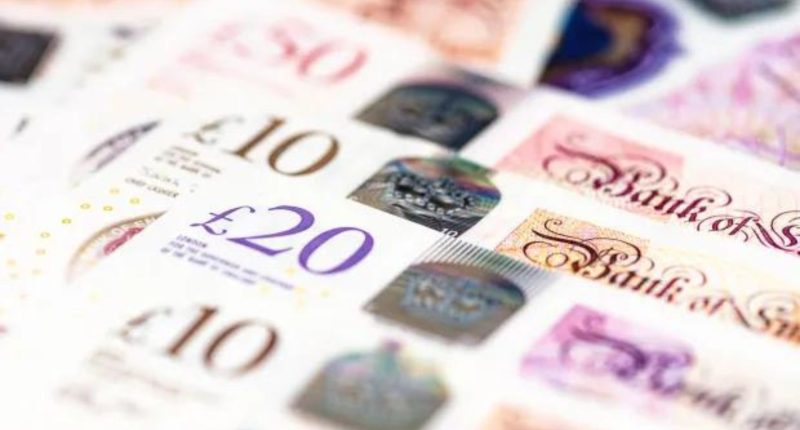
What support is available if you’re struggling?
There’s a range of support on offer to help cover the cost of bills.
There are still two instalments of the £900 payment either being paid, or set to come.
The payments are being made to anyone on the following benefits:
If you’re not on one of the above benefits yet, it’s worth seeing if you qualify.
Not only will you start receiving money from the benefit, it could make you eligible for the second and third instalments of the £900 cost of living payment, worth £300 and £299.
Meanwhile, you might be able to get help via the Household Support Fund, which is available to thousands of people across England.
How much can you get in pension credit?
There are two parts to the benefit and pensioners can be eligible for one or both parts – here are the current rates for the tax year:
- Guarantee credit – tops up your weekly income to a guaranteed minimum level. This is £201.05 a week if you’re single and £306.85 a week for married couples.
- Savings credit – provides extra money if you’ve saved money towards retirement. You can get an extra £15.94 a week for a single person or £17.84 a week for a married couple.
You may also get additional pension credit if you are disabled, have caring responsibilities or have to pay certain housing costs such as mortgage interest payments.
How do I calculate my bill?
To calculate how much you pay on your current fix, you will need to find out both your unit rate for gas and electricity and the standing charge for each fuel type.
The unit rate will usually be shown on your bill in p/kWh.
The standing charge is a daily charge that is paid 365 days of the year – irrespective of whether or not you use any gas or electricity.
You will then need to note down your own annual energy usage from a previous bill.
Once you have these details you can work out your gas and electricity costs separately.
Multiply your usage in kWh by the unit rate cost in p/kWh for the corresponding fuel type – this will give you your usage costs.
You’ll then need to multiply each standing charge by 365 and add this figure to the totals for your usage – this will then give you your annual costs.
Divide this figure by 12 and you’ll be able to work out how much you should expect to pay each month from January 1.
The toughest saving challenge
The fiver challenge is one of the most hardcore savings tests but it’ll leave you rolling in it if you succeed.
It works wonders for those saving for a milestone, like a home deposit, wedding, car, or another big purchase.
To make this challenge more achievable, you can take it on with a partner – so each of you save £2.50 to begin with.
This challenge works the same as the 52-week challenge, but you go up in multiples of £5 rather than £1.
So you save £5 in week one, £10 in week two, and up to £260 in week 52.








